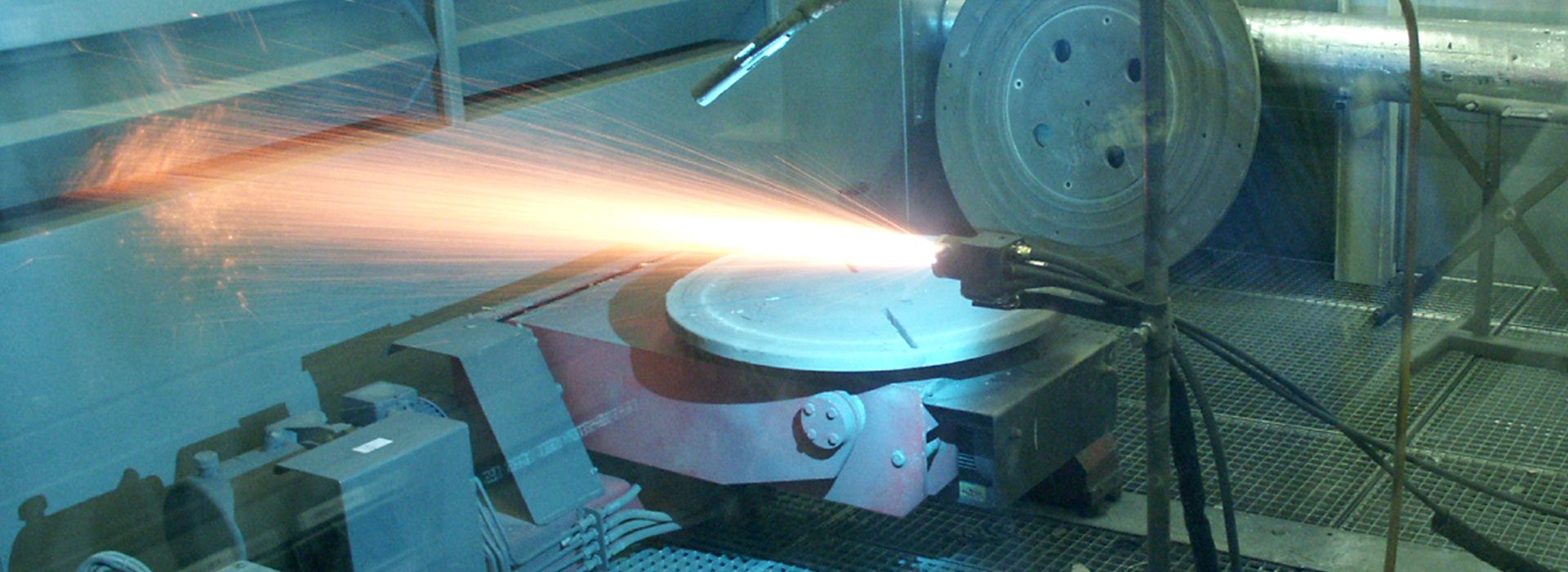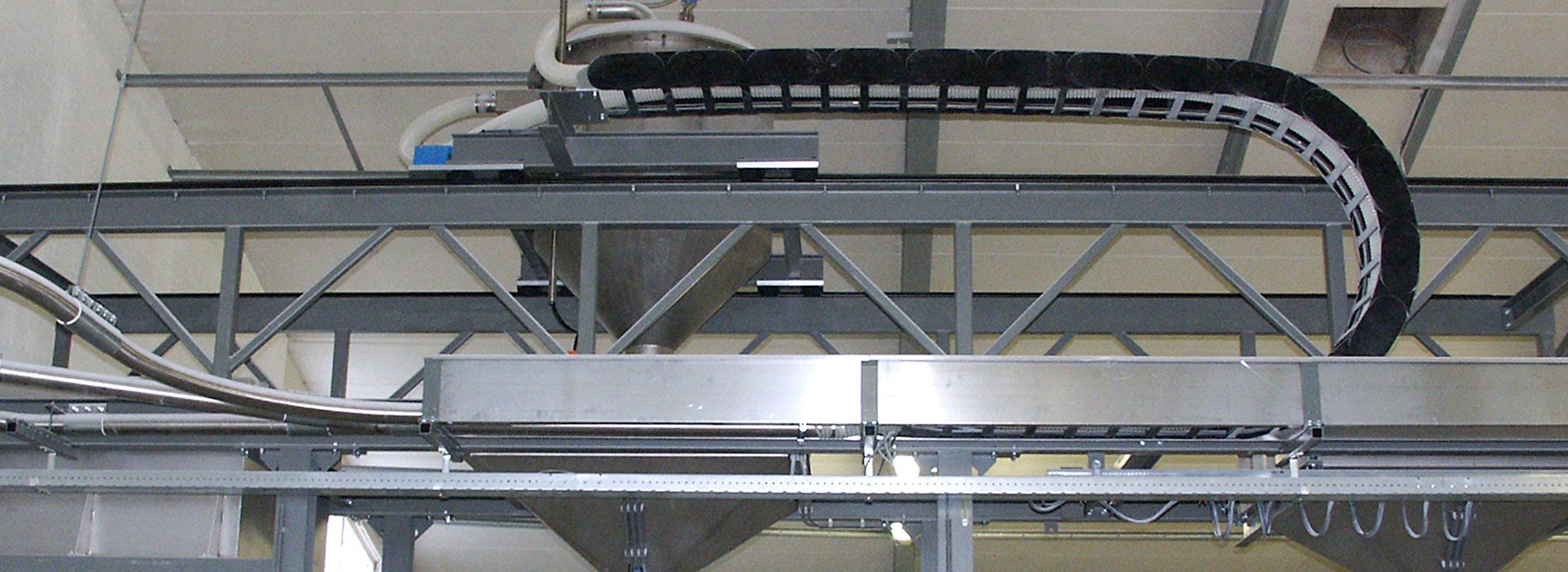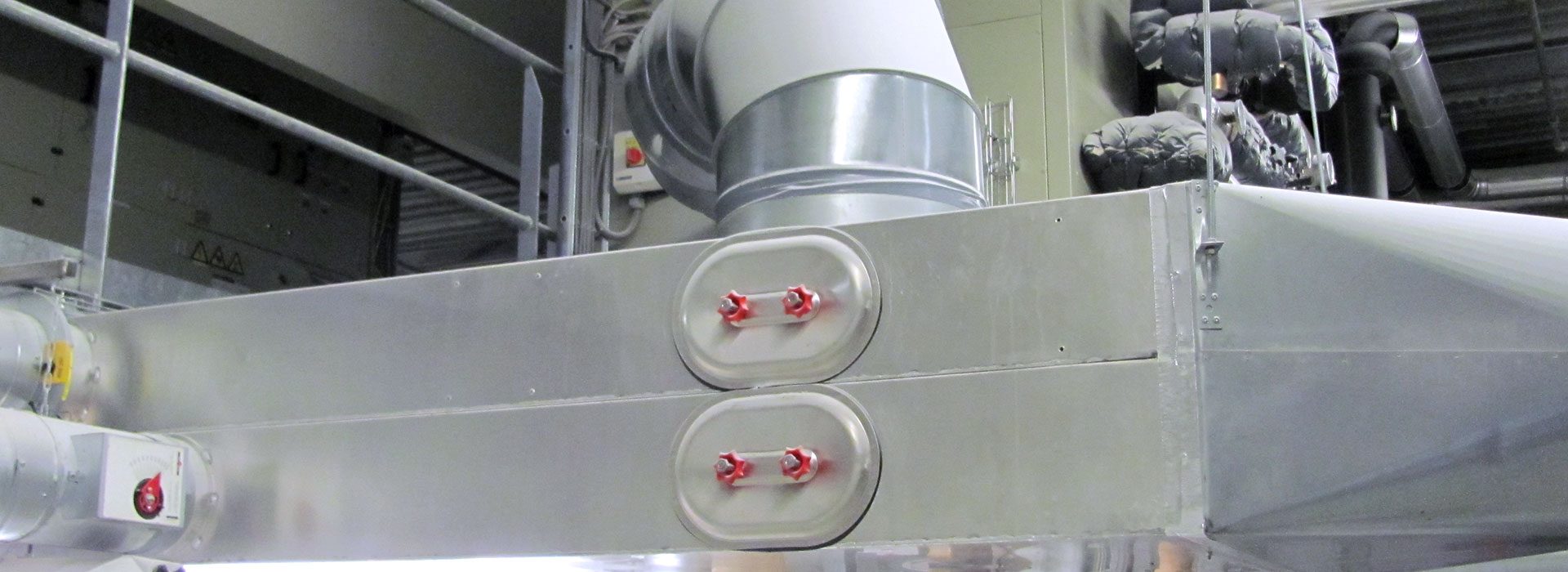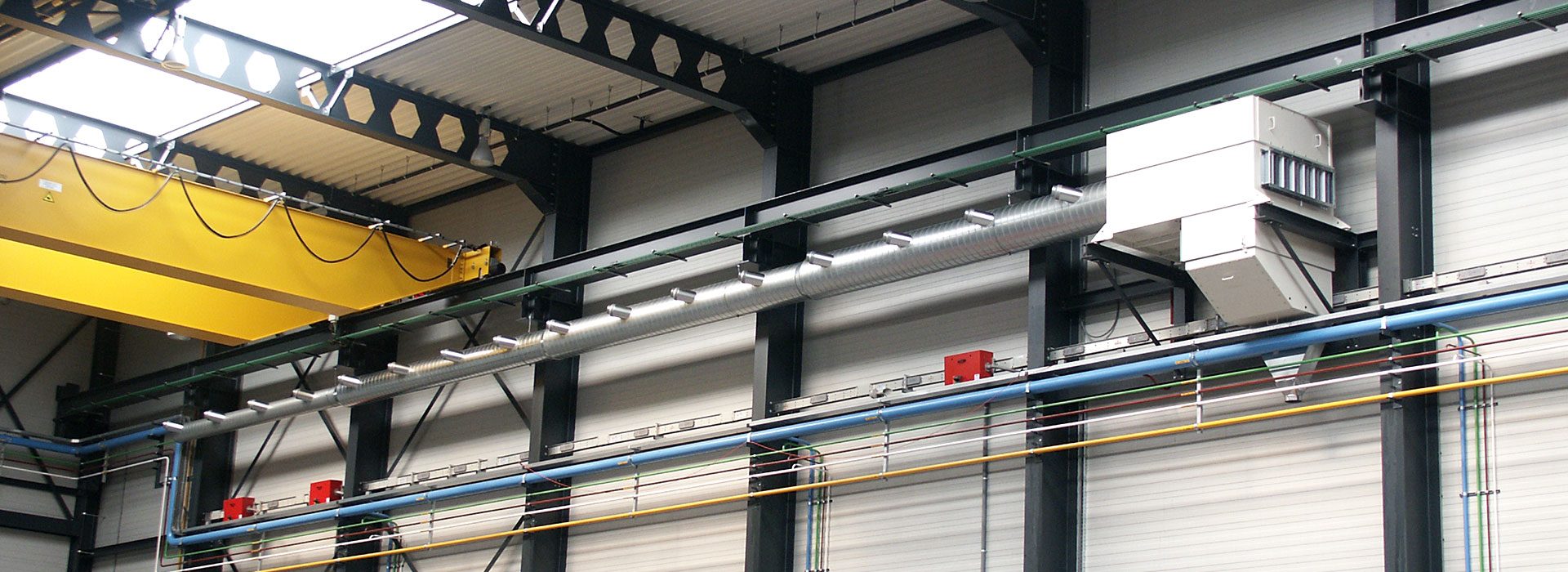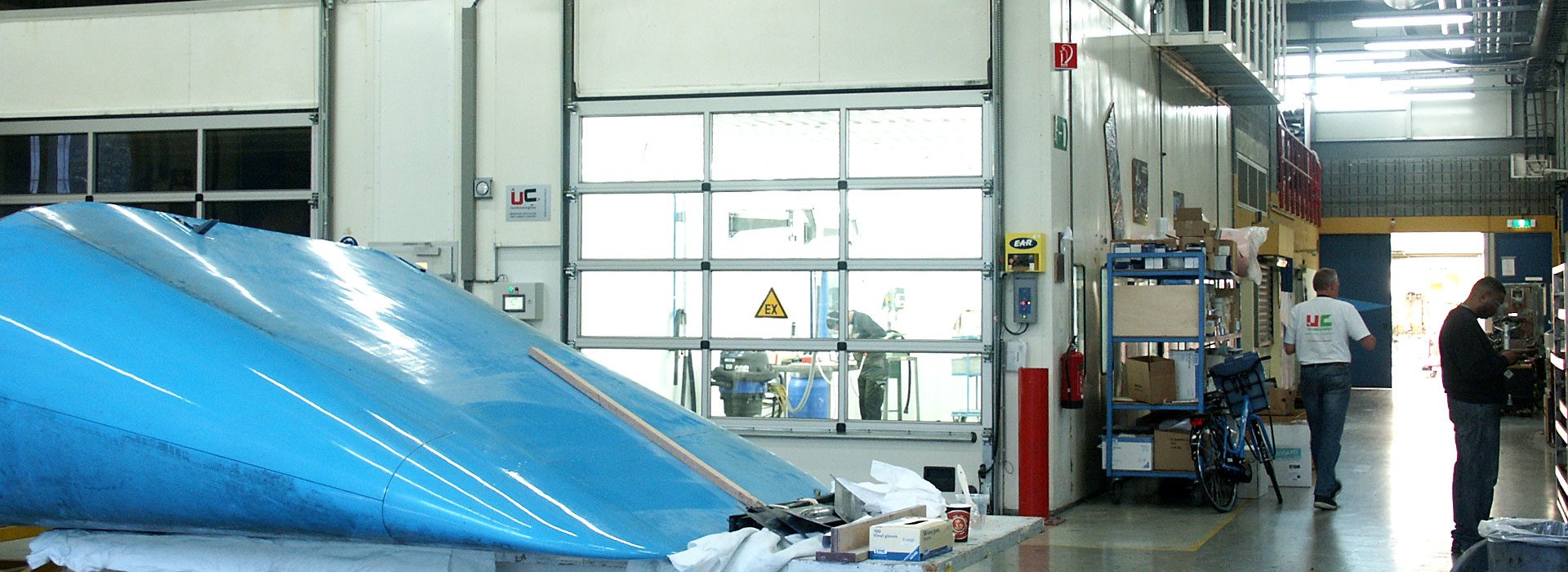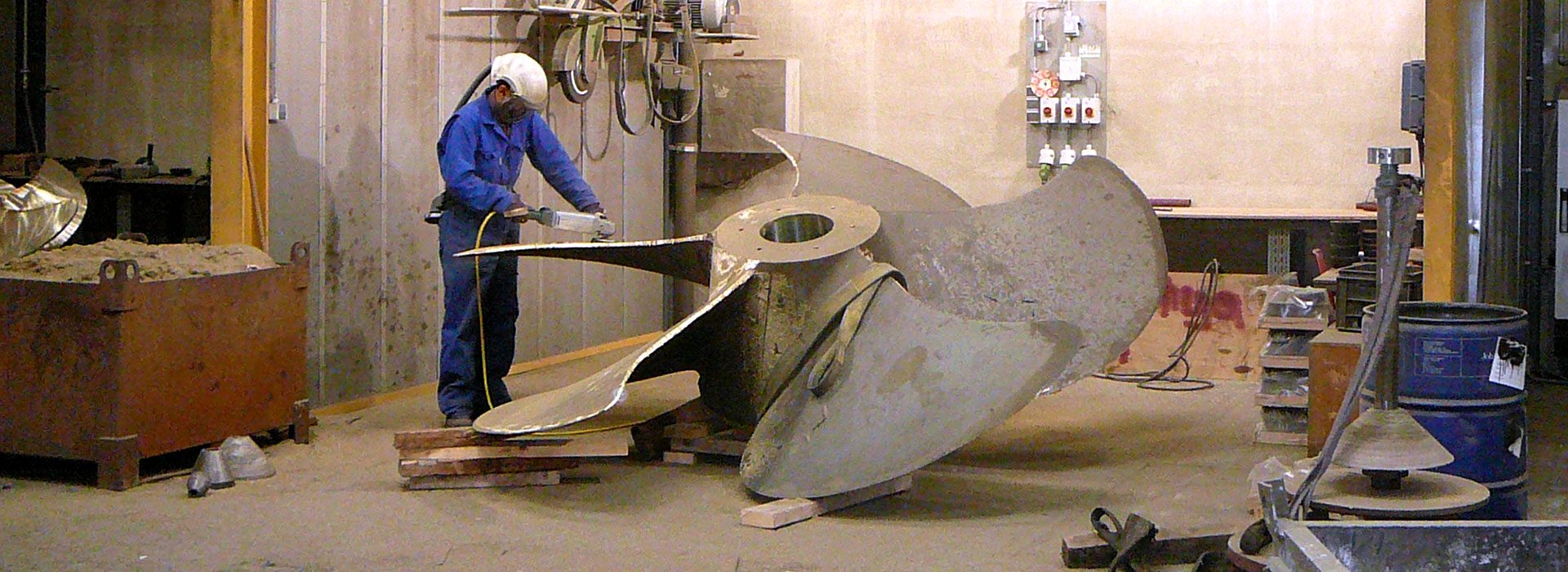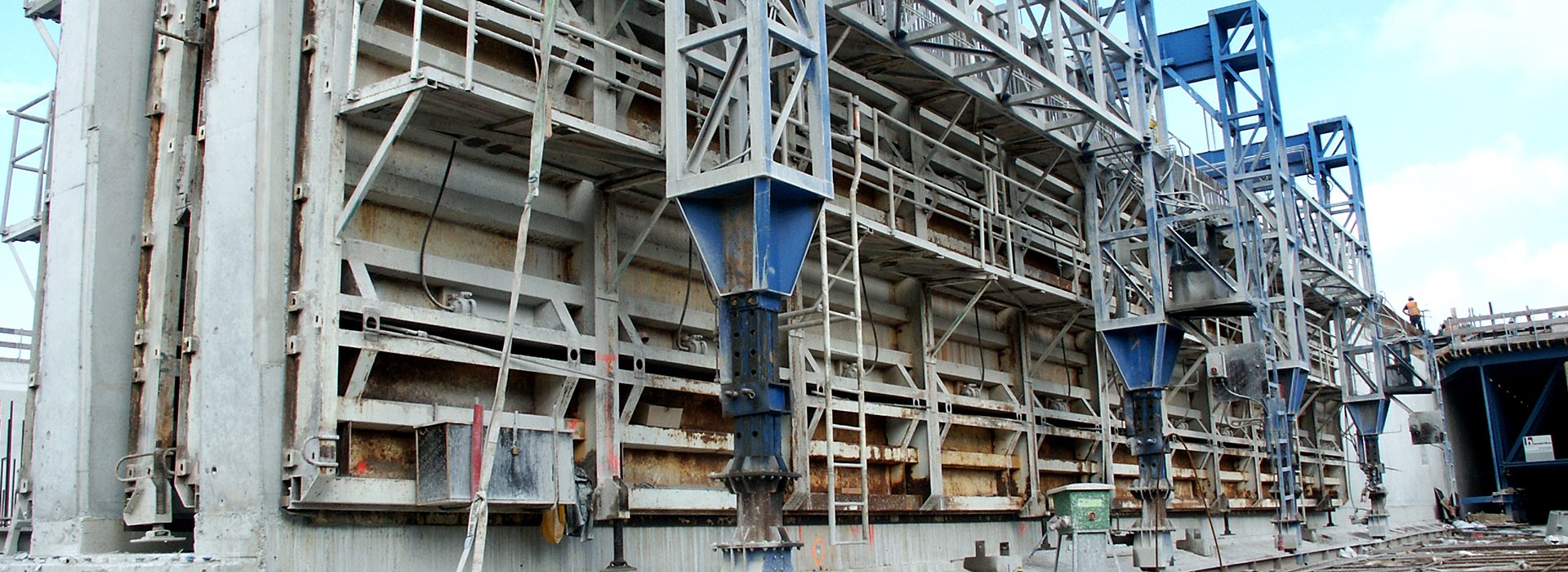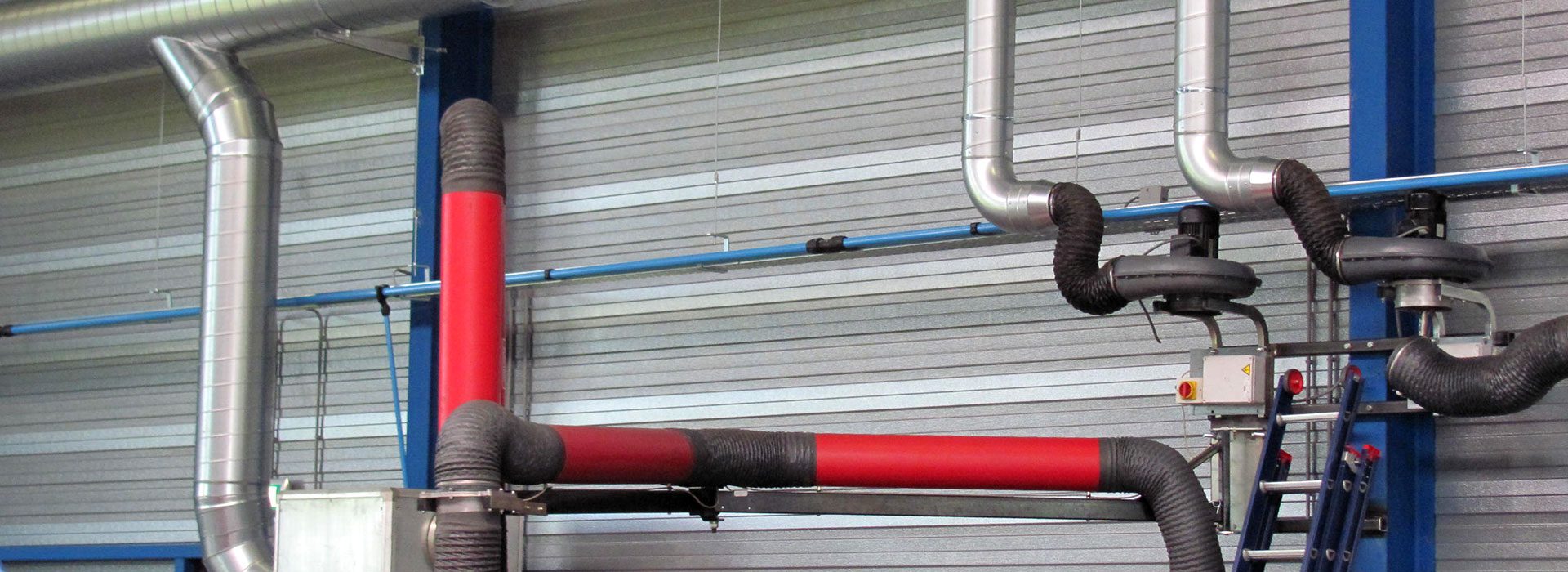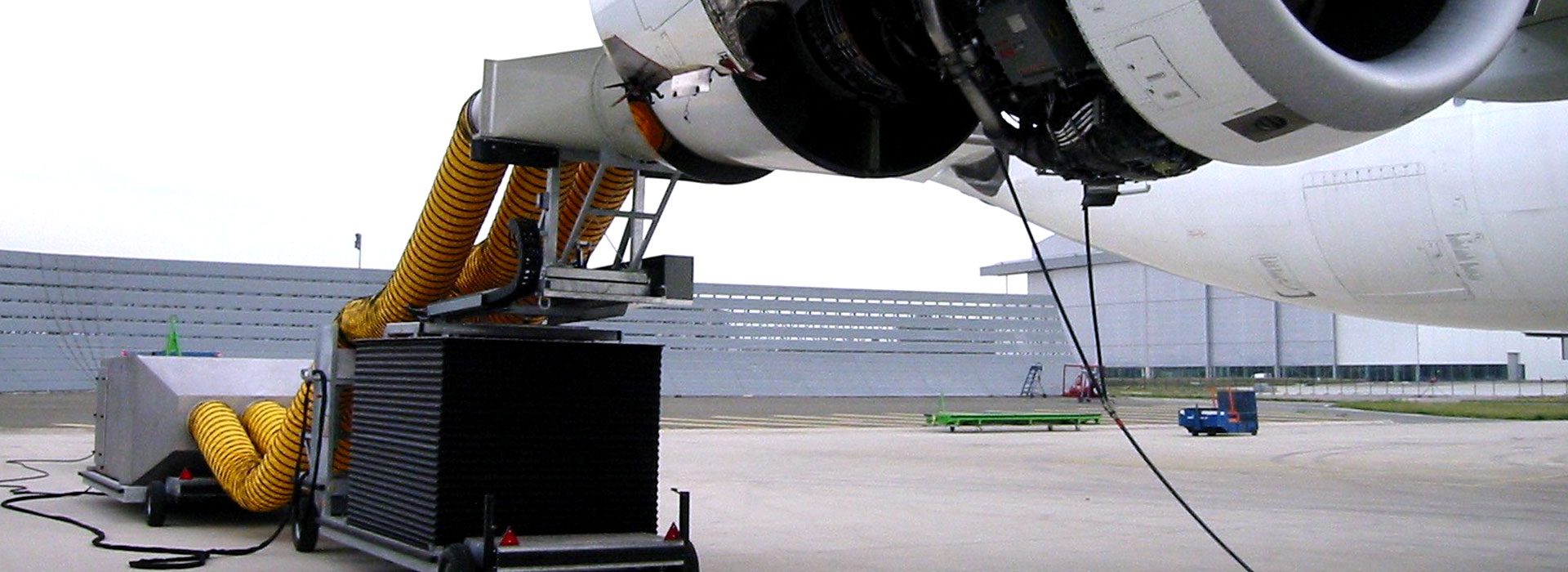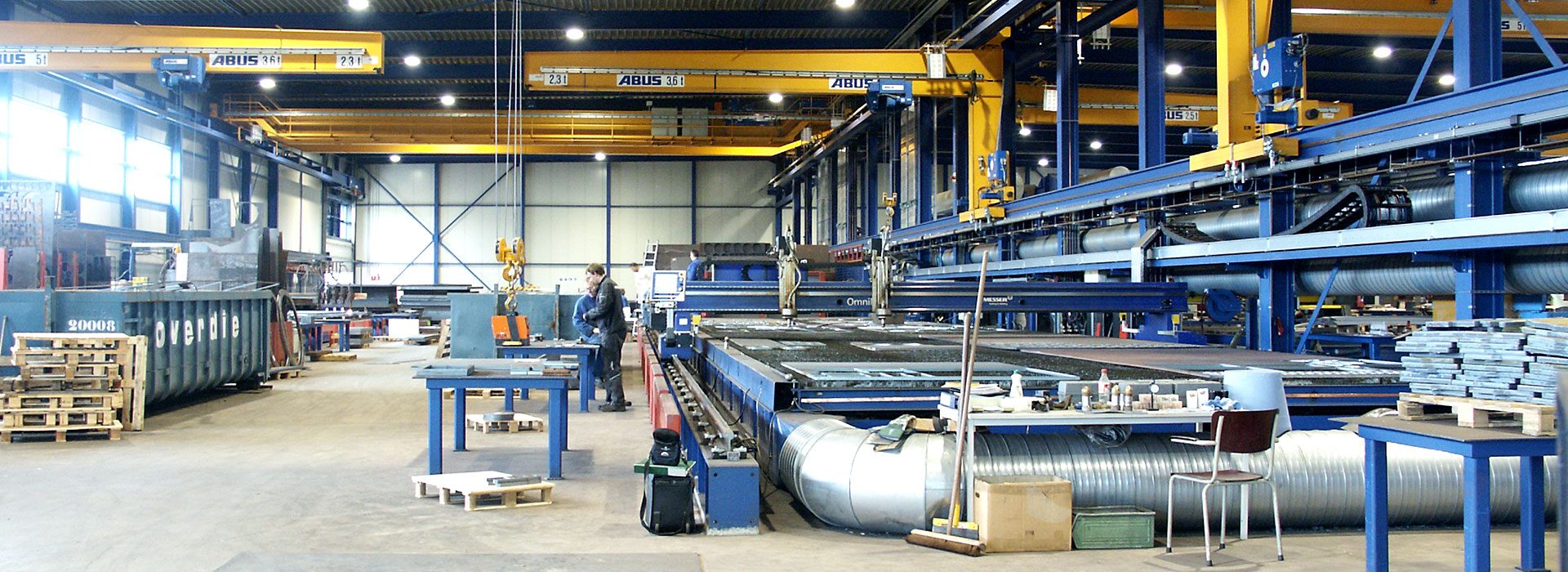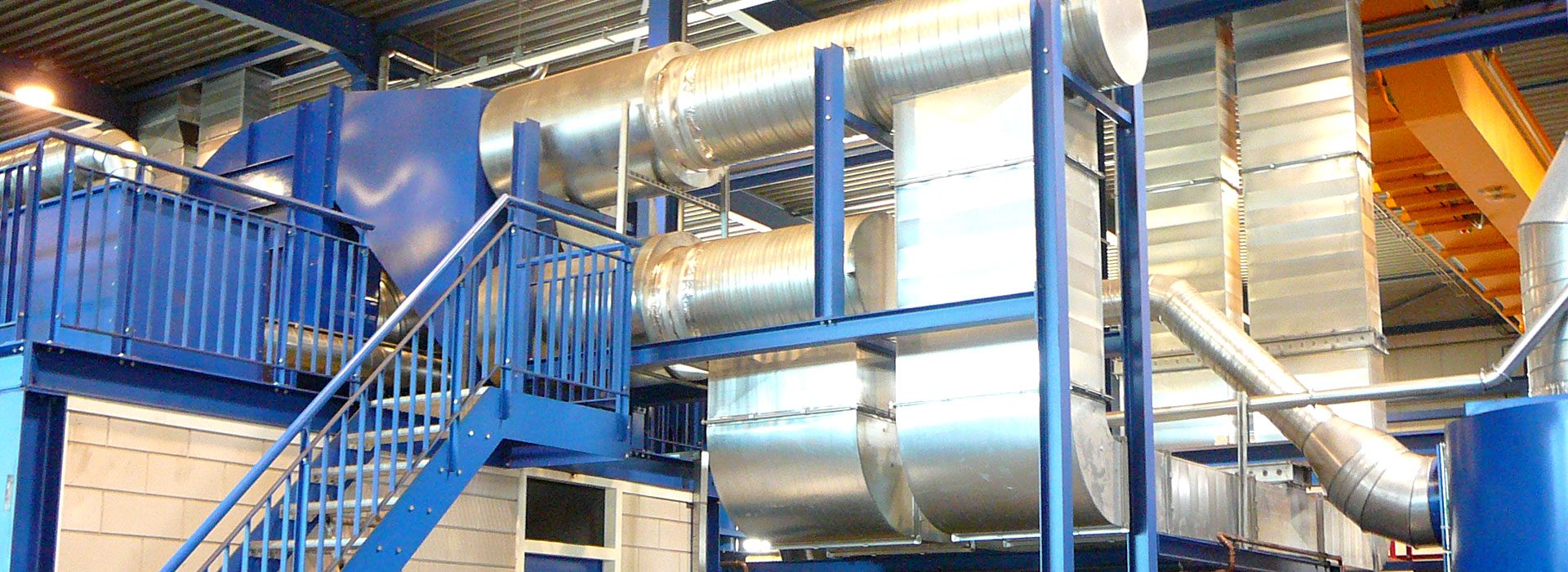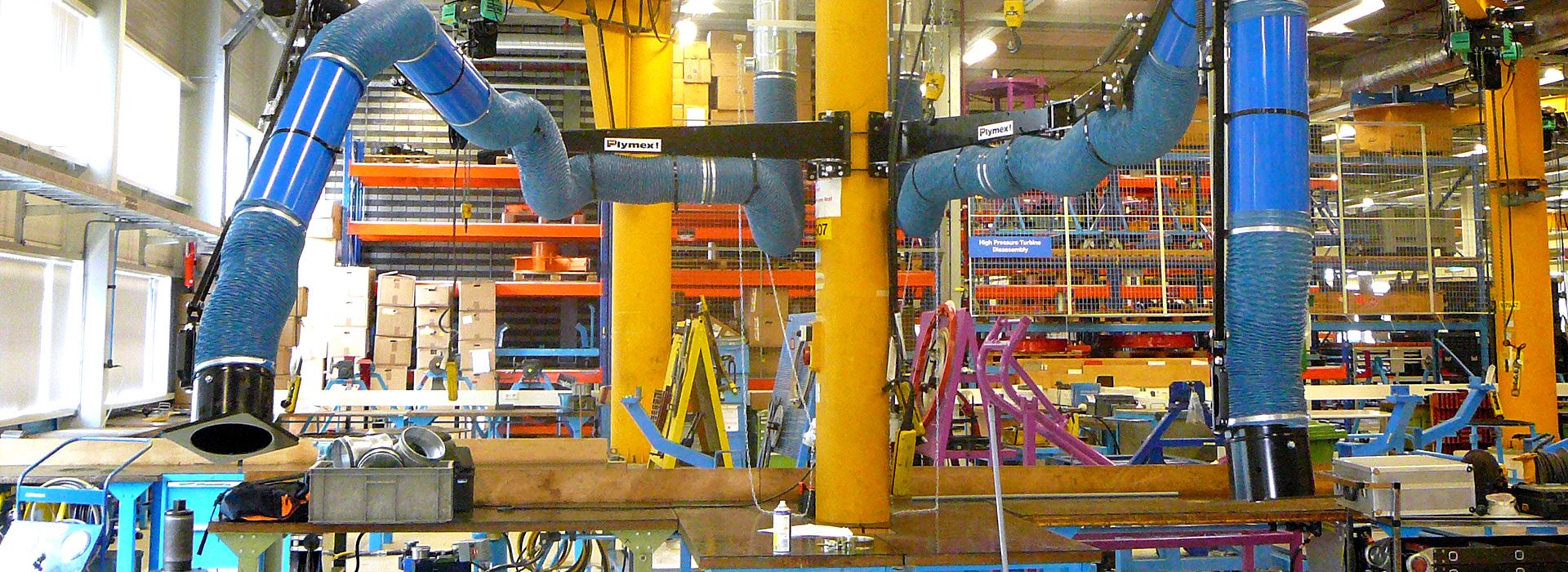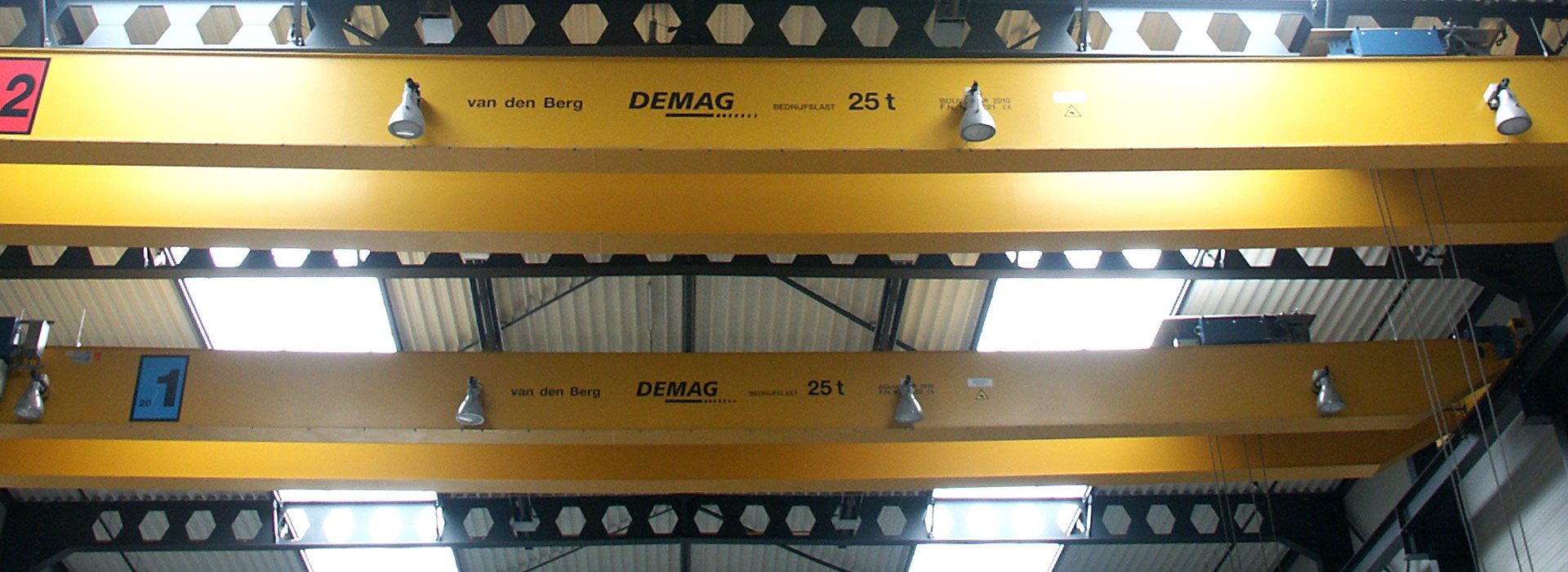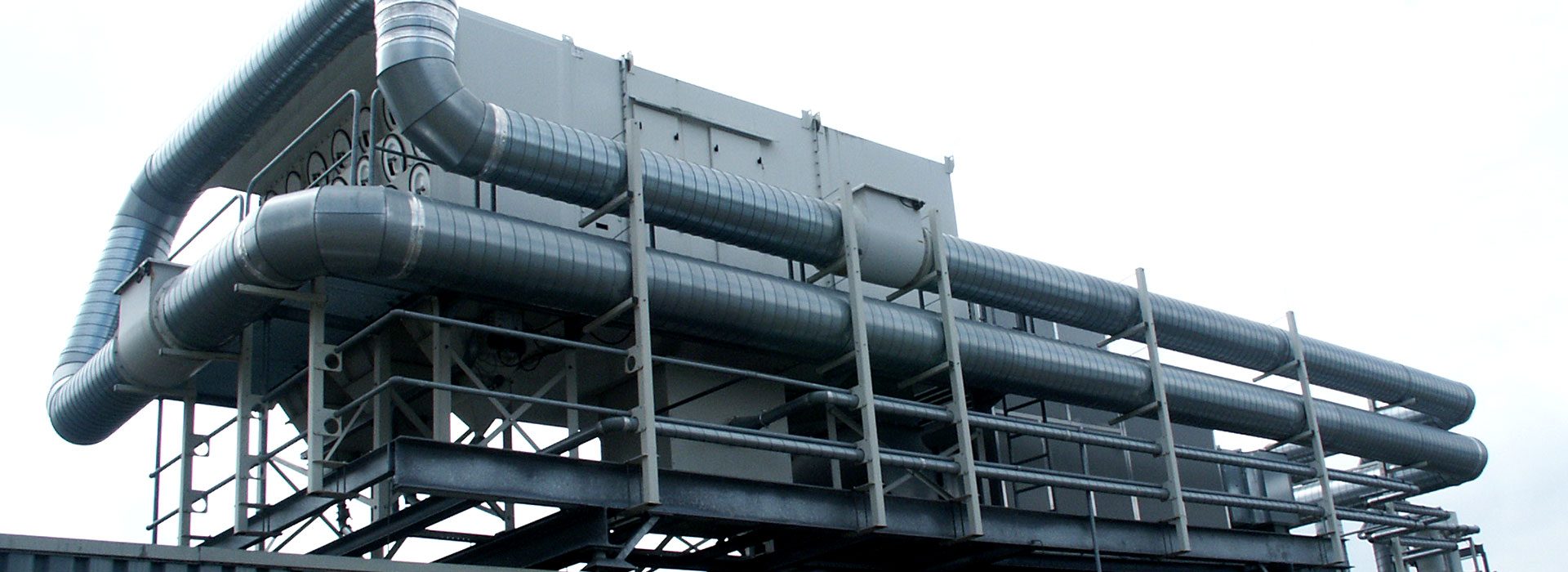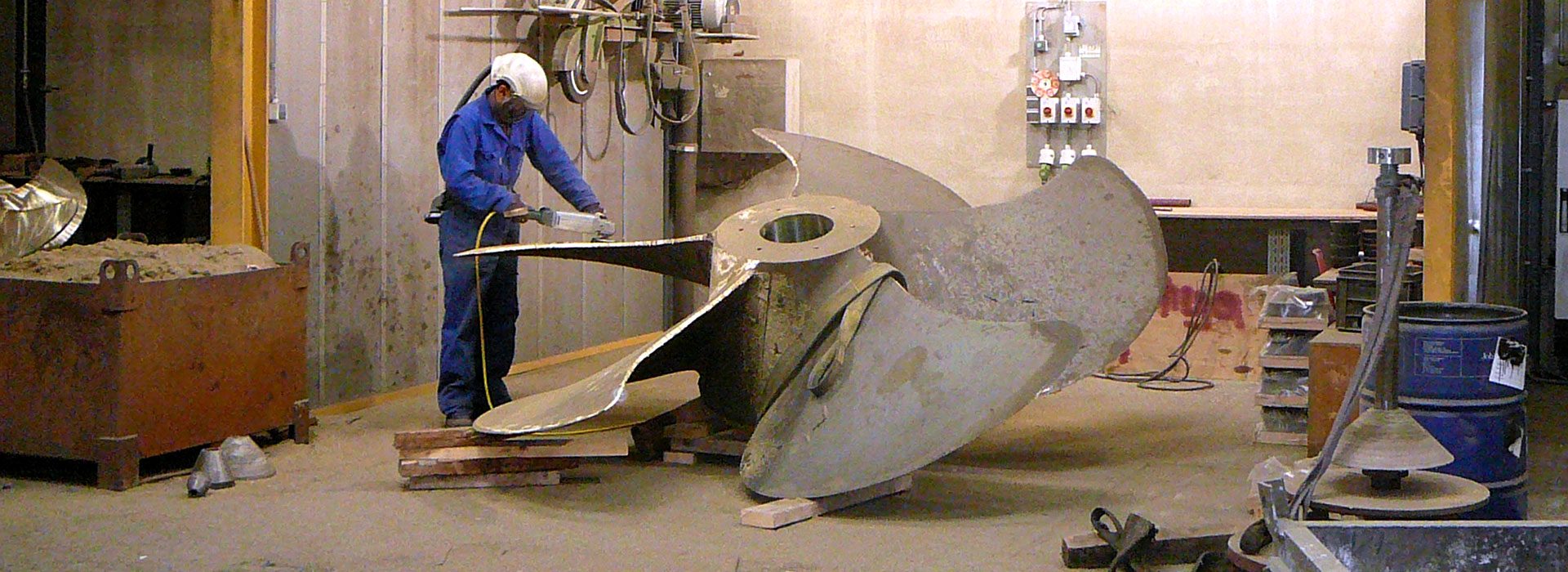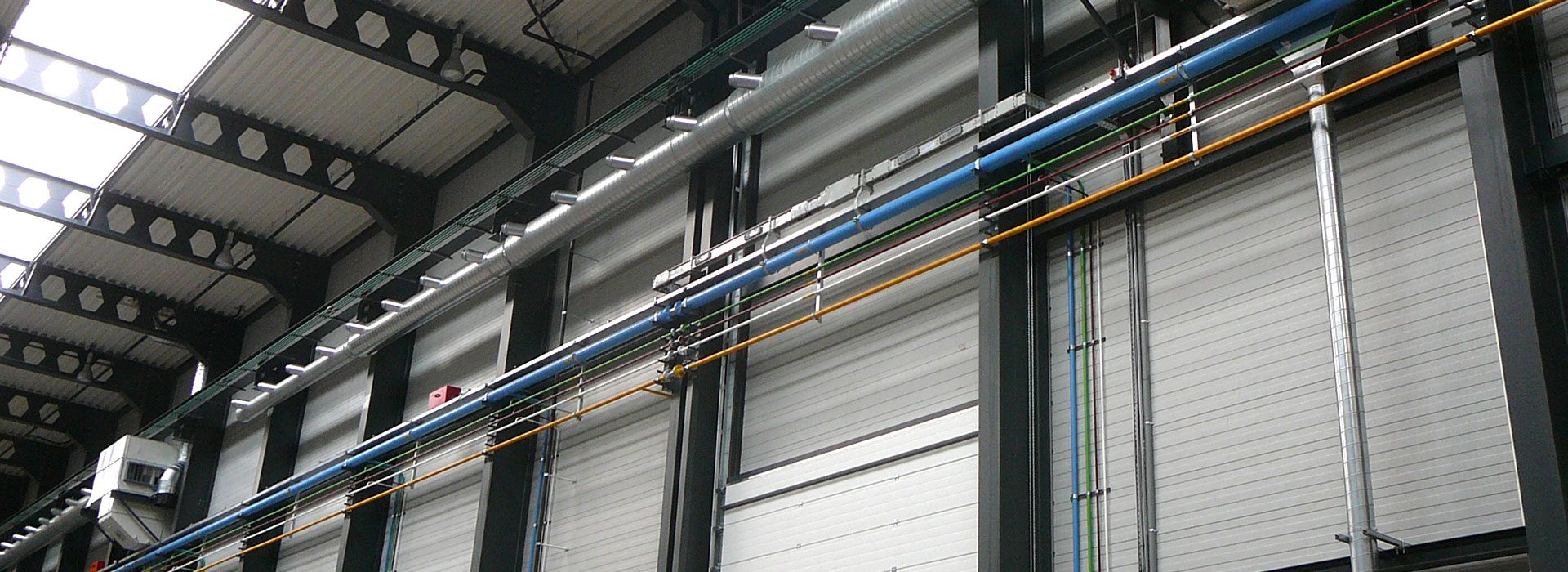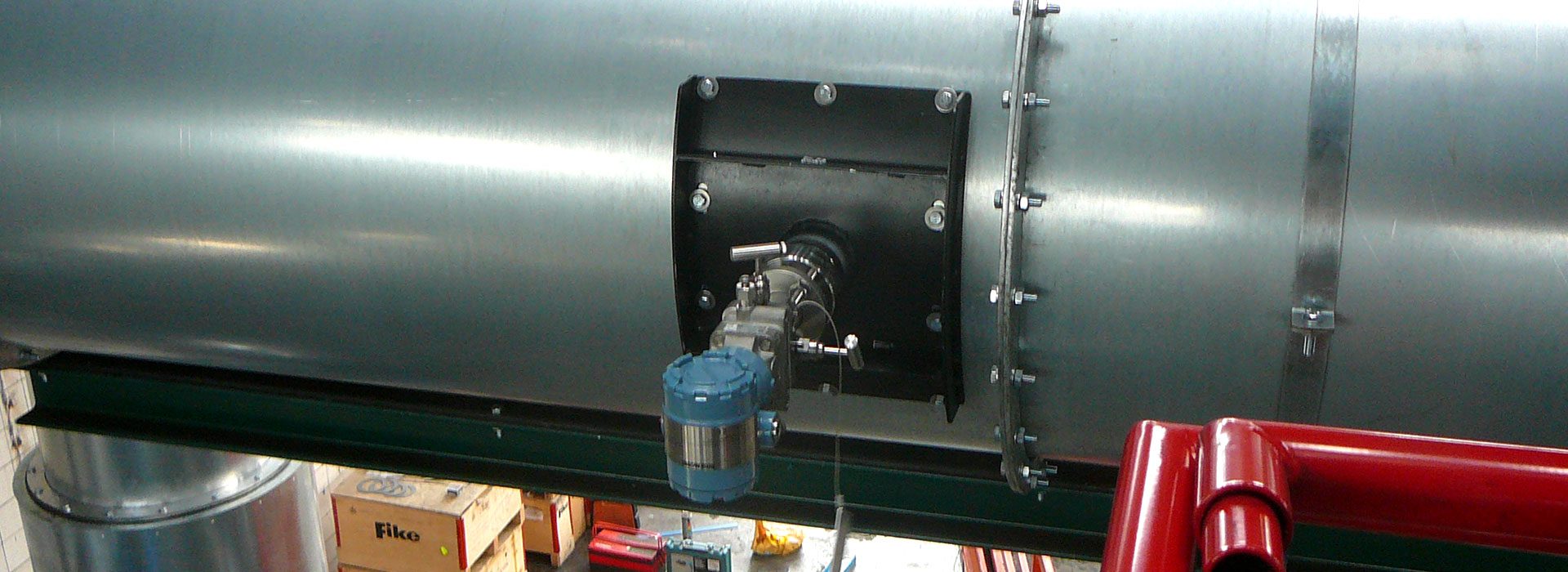(Phys.org)—Last year, researchers at George Washington University proposed a method for transforming CO2 emissions into carbon nanotubes (CNTs). When applied to power plants, the technology could completely eliminate the power plants’ CO2 emissions while simultaneously producing a valuable product that is used for a variety of applications, including batteries, consumer electronics, airplanes, and athletic equipment.
The technology can work with almost any kind of power plant, but the researchers specifically investigated its application for combined cycle (CC) natural gas power plants, which are the most efficient kind of electrical power plant yet still emit massive amounts of CO2.
The idea is to add a molten lithium carbonate electrolyzer to a conventional CC plant, creating a CC carbon nanofiber (CC CNF) plant. Using electrolysis—the same technology that splits water to produce hydrogen—the system applies a voltage to split CO2 into oxygen gas and solid carbon nanofibers. Adding in small quantities of nickel causes the carbon nanofibers to be hollow, forming CNTs.
To make sure that the idea isn’t too good to be true, in a new study the same researchers have performed a thermodynamic assessment of the proposed CC CNF plant. They found that the concept is economically feasible and even improves the power plants’ energy efficiency.
“The technology incentivizes carbon dioxide removal by transforming this greenhouse gas into a valuable product to ameliorate the impact of climate change,” Stuart Licht, a chemistry professor at George Washington University and leader of the study, told Phys.org. “The production of CNTs will actually be more profitable for fossils fuel power plants than making power, and this should incentivize the transition to a renewable, sustainable society. CNTs have over twenty times the strength of steel or aluminum and are lower weight, and we hope that the CNTs will provide a complete replacement for the trillion-dollar steel and aluminum market. CNTs are also useful in nanoelectronics and new medicine delivery systems, and are already being used in textiles [such as bullet-proof clothing].”
The researchers’ assessment shows that, for every metric ton of methane fuel consumed, a conventional CC power plant produces $909 of electricity and emits 2.74 tons of CO2. In contrast, the proposed CC CNF plant would produce about $835 of electricity, which is about 8% less than the CC plant. But the CC CNF plant would also produce about 0.75 tons of CNTs, which is worth an estimated $225,000, and emits no CO2.
In other words, the small decrease in power output is more than compensated for by the highly valuable carbon nanofibers and nanotubes that could be produced. This is mainly because industrial-grade carbon nanotubes are such an expensive commodity, which currently cost about $300,000/ton ($130/pound) to produce using methods available today. Using the new method, the researchers estimate that it would cost just $2,000/ton to produce CNTs—less than 1% of current production costs.
The researchers hope that this large profit potential will make the technology seem like an obvious choice. Since CNTs are about 10,000 times more valuable than carbon tax credits (which are roughly $30/ton), the researchers predict that CNT production will offer a greater incentive for the energy industry to reduce carbon emissions than carbon tax credits offer.
Source: http://phys.org/news/2016-06-power-co2-emissions-carbon-nanotubes.html
Featured
Researchers assess power plants that convert all of their CO2 emissions into carbon nanotubes
Contact information
Thorbeckestraat 75a
NL-5301 NE Zaltbommel
T: +31 (0)418 68 08 44
F: +31 (0)418 68 08 13
E: centraal@uctechnologies.nl




